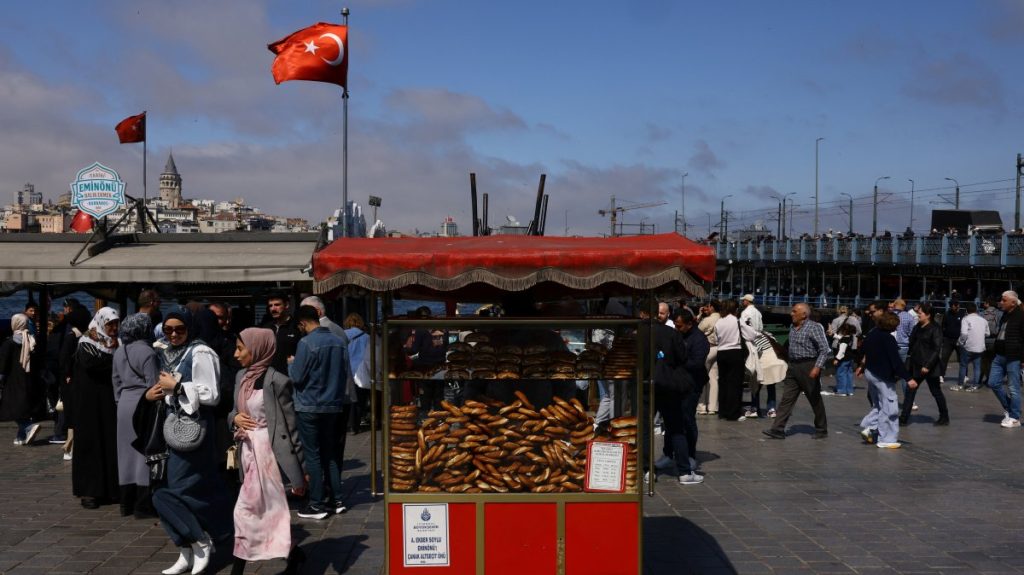The shift to the presidential system in Türkiye brought an intense debate about how institutional relationships – particularly between Parliament, the presidency and political actors – would evolve. A critical question also emerged: Could this system eventually lead to a two-party structure similar to the U.S.?
Türkiye’s political landscape has always been characterized by robust political parties. In other words, these are not merely campaign-to-campaign organizations like the U.S. system. Turkish parties maintain a constant, dominant presence in national politics. The Republic of Türkiye, with its 200-year parliamentary tradition, maintains a parliamentary system and deeply rooted political parties – including some that are 100 or 70 years old. This established party culture ensures that political organizations will continue to wield significant influence in Turkish politics regardless of changing circumstances.
Current party landscape
As is well known, Türkiye’s political scene is currently dominated by two major parties. Foremost is the ruling Justice and Development Party (AK Party), which has maintained power for a quarter-century. The Republican People’s Party (CHP), the main opposition party, is followed by the second major party, remaining within close electoral distance. Additionally, the Nationalist Movement Party (MHP) and Peoples’ Equality and Democracy Party (DEM Party) consistently maintain their positions as third and fourth parties, typically securing 9%-10% of the vote share each.
In recent months, our GENAR Türkiye Report included the following title: “Exercises for transition to a two-party system.” We emphasized that the system is gradually beginning to resemble the U.S. political model step by step. This could ultimately give rise to a two-party system in the long term.
Earlier polls showed the CHP at 31.5% and the AK Party at 34%.
Mayor arrest impact
However, after the arrest of Istanbul’s CHP mayor on corruption charges, the CHP adopted a defiant political stance on a legal case, boosting its support to 35.6%. Interestingly, the AK Party’s numbers also rose by 1.5%-2%, reaching 35.8%, suggesting voters rallied behind the governing party in response to the CHP’s gains.
Meanwhile, smaller parties like the Good Party (IP), New Welfare Party (YRP) and Victory Party (ZP) – which previously held around 4%-5% – have seen their support drop to roughly 2%.
Given the inherent structure and characteristics of the system, the following projection has emerged: From this point forward, the AK Party and the CHP will increasingly dominate the public agenda day by day, positioning themselves as the two primary parties shaping political discourse and wielding greater influence.
Emerging dynamic
The data suggests a clear trend: The AK Party and CHP increasingly dominate public debate, marginalizing smaller players. When combined with its ally, the MHP, the ruling People’s Alliance commands around 45% of the vote, reflecting sustained government support.
The decline of minor parties reinforces the likelihood of a two-party system emerging, albeit with nationalist parties (MHP and DEM Party) retaining a smaller but stable share. This shift indicates that the presidential system is steadily reshaping Türkiye’s political framework, solidifying its influence over both governance and electoral competition.
Meanwhile, the 2%-2.5% decline in support for smaller parties has led us to project that Türkiye’s two-party system will evolve into a new phase, incorporating the two nationalist parties, maintaining their 9%-10% vote share. It becomes clear that the presidential system is increasingly imprinting its distinct identity and character on the country’s institutional framework and the shaping of the political landscape with each passing day.


